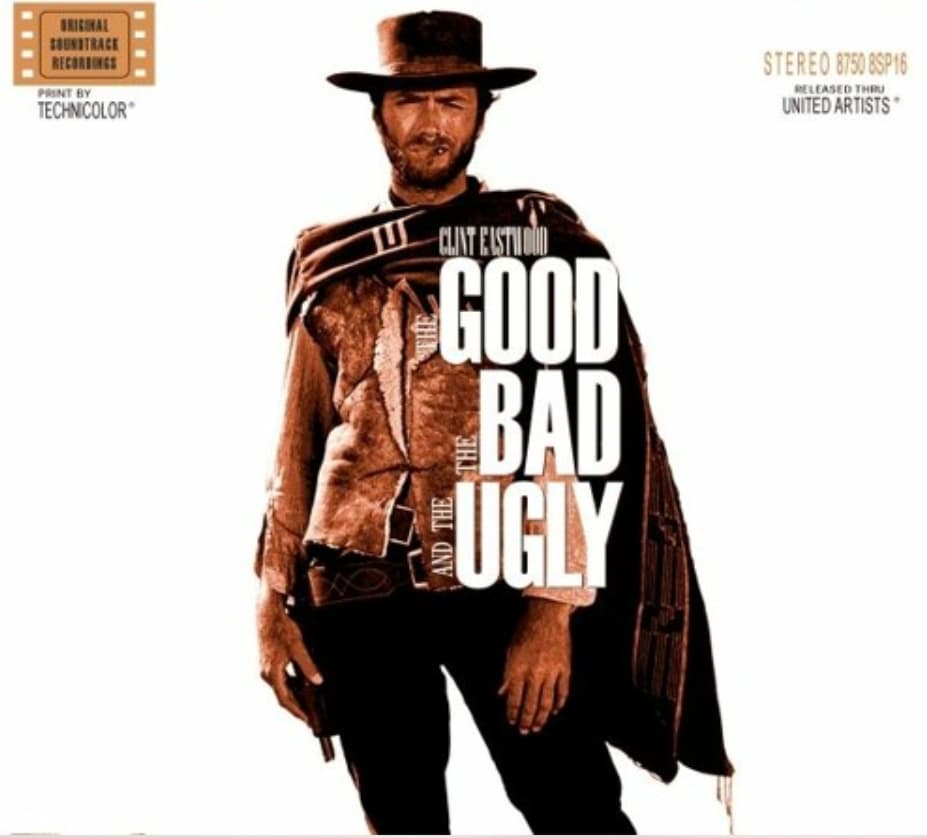
A Timeless Echo of the Wild West: Ennio Morricone’s Masterpiece
“The Good, the Bad and the Ugly” isn’t just a film score; it’s a sonic landscape, a journey back to the dusty plains and sun-baked landscapes of Sergio Leone’s epic Western. Released in 1966 as part of the soundtrack for the iconic film of the same name (Il buono, il brutto, il cattivo in Italian), this instrumental piece, composed by the legendary Ennio Morricone, quickly transcended its cinematic origins to become a cultural phenomenon. While precise chart positions from that era are difficult to pinpoint with absolute certainty, the soundtrack album itself achieved significant commercial success, further cementing the theme’s widespread recognition.
Imagine, if you will, the opening scene: the vast, desolate expanse, the sun beating down, and then, that haunting two-note melody, like the cry of a lone coyote echoing across the canyons. It’s instantly recognizable, a signature sound that evokes the very essence of the Wild West. This wasn’t just background music; it was a character in itself, setting the tone, building the tension, and imbuing every scene with a sense of epic grandeur.
Morricone’s genius lies in his ability to create music that is both simple and profound. The main theme of “The Good, the Bad and the Ugly” is built around a few key elements: that iconic coyote howl, a steady, driving percussion that suggests the relentless pace of fate, and a mournful harmonica that speaks of loneliness and loss. These elements are woven together with masterful skill, creating a piece that is both instantly memorable and deeply evocative.
The story behind the music is as compelling as the film itself. Morricone and Leone had a long and fruitful collaboration, and their shared vision of the Western genre led to some of the most iconic soundtracks in cinematic history. Leone’s films were known for their operatic scope and their focus on character and atmosphere, and Morricone’s music perfectly complemented these qualities. He didn’t just write tunes; he created soundscapes that captured the very soul of the story.
The meaning of the music is open to interpretation, of course, but it’s hard to deny its powerful emotional resonance. For many, it evokes a sense of nostalgia for a bygone era, a time when Westerns dominated the silver screen and heroes and villains were clearly defined. But it also speaks to deeper themes: the struggle between good and evil, the search for fortune and glory, and the harsh realities of life on the frontier.
The impact of “The Good, the Bad and the Ugly” extends far beyond the film. It has been used in countless commercials, television shows, and other media, becoming a shorthand for the Western genre. It has also influenced generations of musicians, from rock and roll bands to classical composers. Even today, decades after its release, it remains one of the most recognizable and beloved pieces of film music ever written. The track is part of the larger soundtrack album, The Good, the Bad and the Ugly (Original Motion Picture Soundtrack), which further enhances the listening experience by providing context and showcasing other brilliant pieces from the film.
For those of us who remember the golden age of Westerns, this music is more than just a soundtrack; it’s a time machine, transporting us back to a world of cowboys, outlaws, and wide-open spaces. It’s a reminder of the power of music to evoke emotions, tell stories, and create lasting memories. It’s a testament to the genius of Ennio Morricone, a true master of his craft.